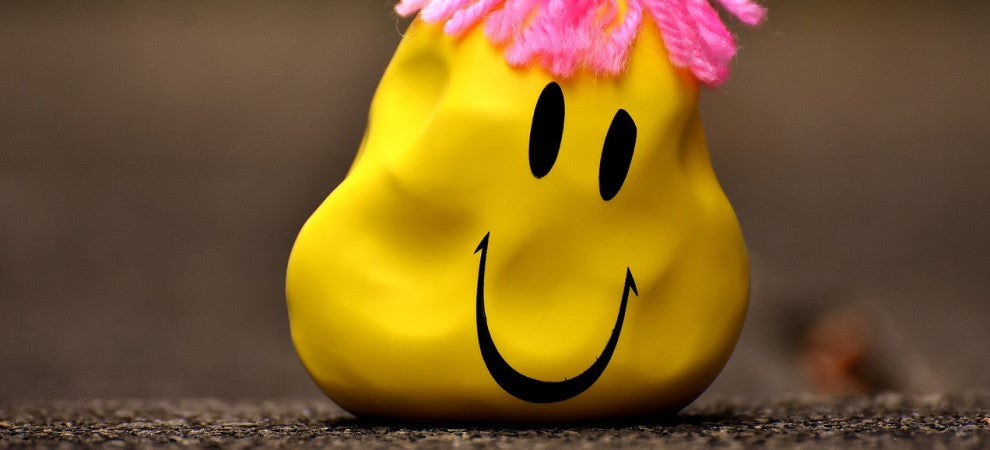There is currently no cure for arthritis – which causes inflammation and stiffness of the joints. However, it is possible to ease the symptoms of this painful and often debilitating condition. This article will explain the common treatments for arthritis.
The most prevalent form of arthritis among older people is osteoarthritis (OA), typically the result of wear and tear on our joints. Osteoarthritis is caused by damage to cartilage – the connective tissue between the bones of your joints. As the cartilage deteriorates, these bones can start to can rub together. Injuries like a fracture can also lead to osteoarthritis.
Another common form of the condition is rheumatoid arthritis (RA), which usually develops from the age of 40 or 50 when your immune system targets specific joints, causing pain and swelling and possibly the breakdown of cartilage and bone.
Many common treatments for arthritis aim to keep muscles strong and keep the joints moving. Versus Arthritis – formed in 2018 with the merger of Arthritis Research UK and Arthritis Care – points out: “Generally, the stronger the muscles that support a joint, the less pain you’ll have.”
Common treatments for arthritis include:
 Carrying excess weight can aggravate the symptoms of arthritis. It puts extra strain on the joints, particularly the knees, feet, and hips. Alongside getting enough exercise, a healthy diet is key to maintaining a healthy weight. This can:
Carrying excess weight can aggravate the symptoms of arthritis. It puts extra strain on the joints, particularly the knees, feet, and hips. Alongside getting enough exercise, a healthy diet is key to maintaining a healthy weight. This can:
- Medication.
- Lifestyle changes.
- Natural remedies.
- Supportive therapy.
- Alternative medicine.
Medications to Ease Arthritis
If over-the-counter medications like paracetamol fail to control pain from arthritis, your doctor may prescribe a stronger analgesic such as an NSAID (Non-Steroidal Anti-Inflammatory Drug) to reduce inflammation and swelling. Opioids like codeine or tramadol may also be appropriate in cases of severe pain. Steroid injections directly into the affected area provide an extra option when other treatments have failed. Steroid medication contains a synthetic version of the inflammation-reducing hormone cortisol. A newer type of treatment to combat arthritis is provided by platelet-rich plasma (PRP) injections, which use healing platelets taken from the patient’s own blood.Lifestyle Changes
After an arthritis diagnosis, you might need to make some important lifestyle changes. Habits such as regular exercise can play a big part in combating the condition. You might think that putting painful, stiff joints through their paces will make them worse, but regular, low-impact exercise such as swimming can help relieve symptoms of arthritis by:- Keeping you active.
- Building up muscle.
- Strengthening joints.
- Improving posture.
- Relieving stress.
- Helping you to lose weight.
 Carrying excess weight can aggravate the symptoms of arthritis. It puts extra strain on the joints, particularly the knees, feet, and hips. Alongside getting enough exercise, a healthy diet is key to maintaining a healthy weight. This can:
Carrying excess weight can aggravate the symptoms of arthritis. It puts extra strain on the joints, particularly the knees, feet, and hips. Alongside getting enough exercise, a healthy diet is key to maintaining a healthy weight. This can:
- Improve your mobility.
- Reduce pain.
- Avoid further damage to joints.
Healthy Diet
Versus Arthritis recommends a balanced, low-fat diet with plenty of fibre, fruit and vegetables, and cutting down on meat. In addition, the Healthline information platform has compiled a comprehensive list of evidence-based tips for weight loss. Studies suggest that some foods are especially beneficial if you have osteoarthritis. These include:- Citrus fruits.
- Garlic.
- Broccoli.
- Tuna, salmon, and mackerel.
- Low-fat dairy products.
- Nuts.
Natural Home Therapies
Many people reinforce their medical treatment for arthritis with home remedies and natural therapies. You should do thorough research before starting any of these treatments for arthritis. These include:- Hot and cold compresses. Making a compress can be as simple as using a warm or cold towel.
- Epsom salts. Magnesium in Epsom salts can reduce pain and inflammation.
- Capsaicin cream applied to painful joints three times a day.
- Green tea, which contains polyphenol compounds that may help lessen inflammation. Be aware, though, that health professionals advise that green tea should be taken in moderation.
- Turmeric, which contains curcumin, part of the ginger family that can reduce inflammation, pain, and stiffness.
Supportive Treatments
Supportive therapy to ease pain from arthritis includes:- TENS – Transcutaneous Electrical Nerve Stimulation – Which controls pain by transmitting electrical impulses to numb nerve endings in the spinal cord.
- Physiotherapy – Stretching techniques to help keep your joints flexible.
Complementary Alternative Treatments
Complementary alternative medicines (CAMs) and treatments can be used in conjunction with mainstream arthritis therapy. These include:- Chiropractic.
- Acupuncture.
- Meditation.

